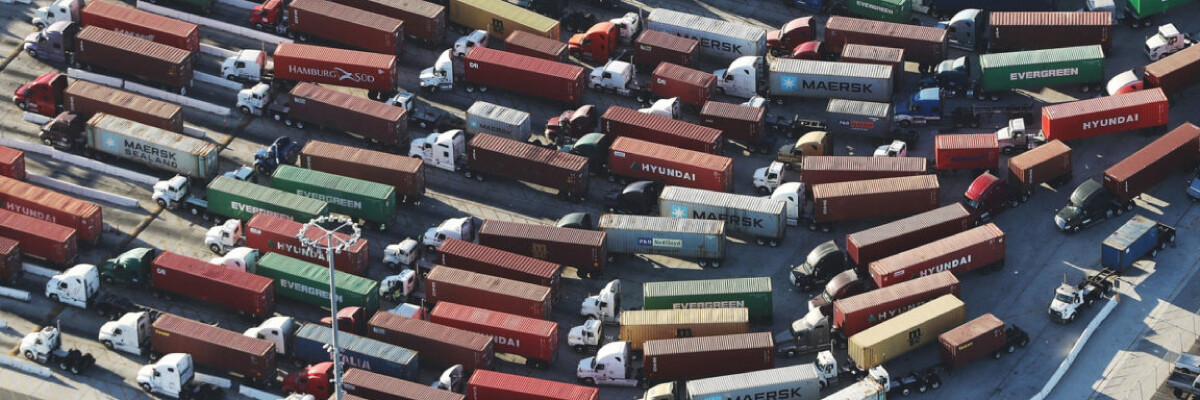“Climate change will affect the Department of Defense’s ability to defend the Nation and poses immediate risks to U.S. national security.” – DoD Climate Change Adaptation Roadmap, 2014
Naval Station Mayport sits 15 miles east of Downtown Jacksonville at the mouth of the St. Johns River. One of two major naval installations in Jacksonville, Mayport is home base for the Navy’s third-largest fleet, along with more than 15,000 active-duty personnel and 32,000 of their family members. Any menace to Mayport threatens as many as 100,000 related jobs and around $1.3 billion in infrastructure.

That’s why the Navy’s taking note of this projection: The water surrounding Mayport will most likely rise between 3.7 and 6.1 feet by the end of the century, according to the Union of Concerned Scientists. Worst case, the base would lose just over half of its land to the tide.
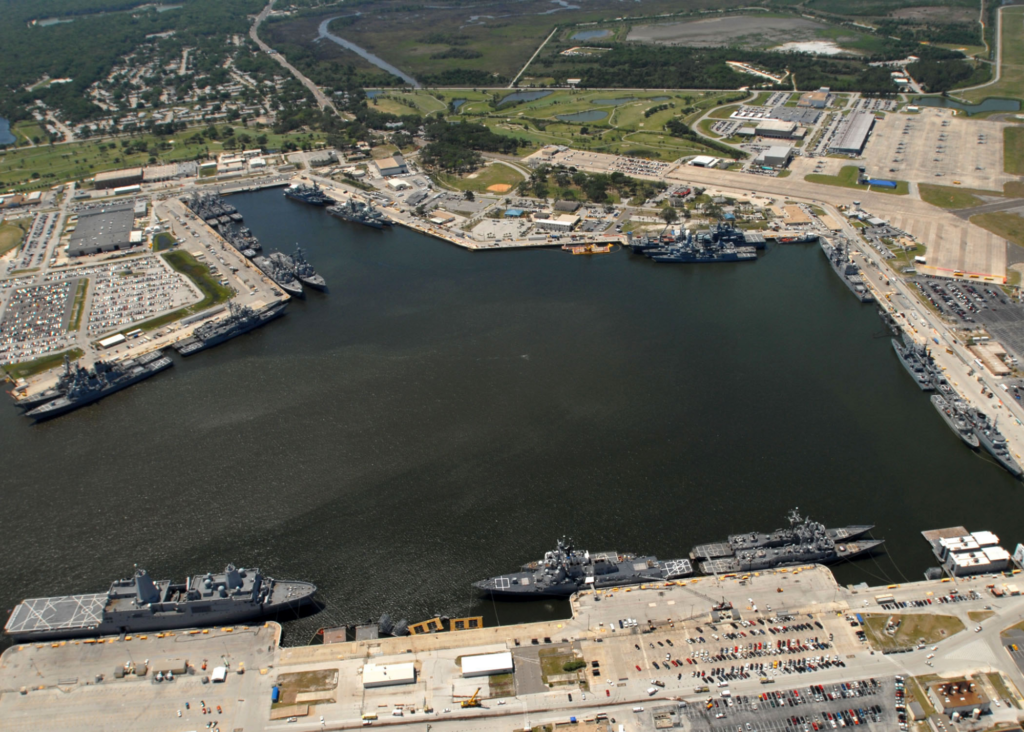
Today, tidal flooding laps at wetlands and other low-lying areas at Mayport an average of seven times per year. Just 50 years from now, under an “intermediate” sea-level rise scenario, flooding could inundate a third of the station every day at high tides.
Sea level rise is also expected to bring hurricane storm surge into currently unaffected areas of Mayport. And the storm surge itself is expected to be deeper than ever. Mayport is one of more than 50 naval installations that would be seriously threatened if the sea rises 3 feet, according to a National Research Council report.
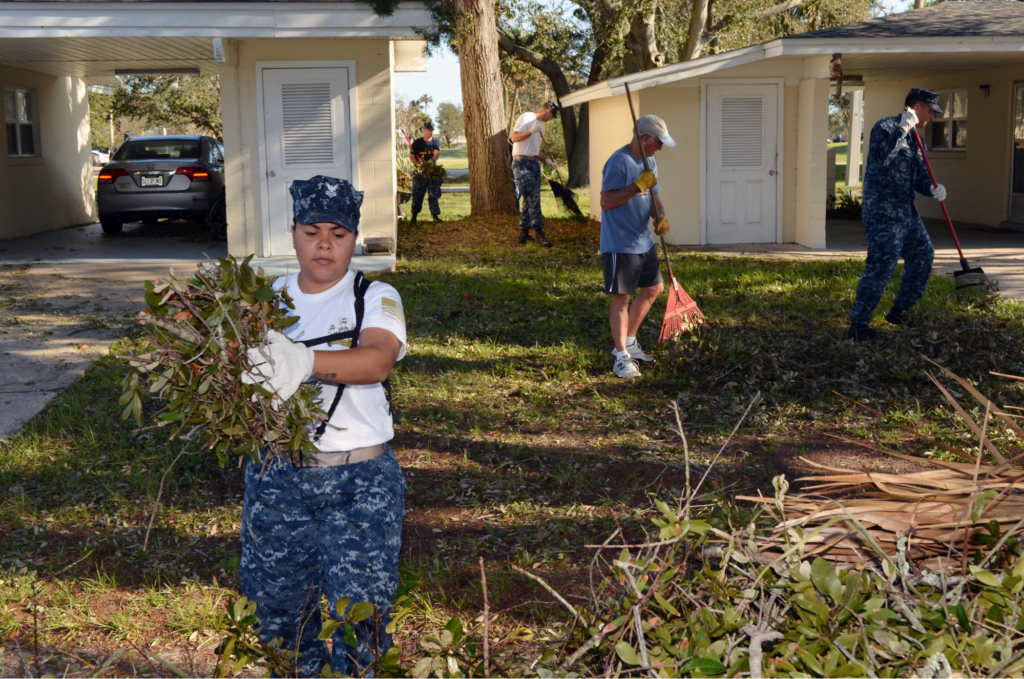
At other bases, the rising water is already a costly nuisance.
Naval Station Norfolk, the largest naval base in the world, faces a sea that’s a foot-and-a-half higher than when the base was established during World War I. Heavy rain and higher-than-usual tides inundate its pier at least monthly, which impedes training and maintenance.
This year, DoD analyzed 79 installations for vulnerabilities to every climate change symptom, from drought to thawing permafrost, over the next 20 years. No symptom is expected to affect more sites than flooding, with 53 already suffering and 60 installations projected to be inside of two decades.
Climate change also threatens the supply chains that bring energy and materials to the Navy’s bases and fleet.
Threat Multiplier
In a 2014 document, then Defense Secretary Chuck Hagel said climate change has the potential to increase the military’s challenges, from infectious disease to terrorism.
“It’s also a threat magnifier,” said retired Rear Admiral Ann C. Phillips, who now serves as special assistant for coastal adaptation and protection under Virginia Gov. Ralph Northam. “In addition to adding to the kinds of challenges that impact our forces’ ability to operate, it makes those challenges more extreme and makes the circumstances under which they must execute their mission more extreme.”
Climate-related effects like heat waves, heavy downpours, floods and drought are already being observed at military installations across the globe. Scientists predict these changes, along with ocean acidification and Arctic sea ice melts, will increase over the next century.

Climate change could also lead to political instability by depleting food and drinking water supplies and leading to mass migrations. The Department of Defense sees how that could increase tension between nations.
“Climate change does not directly cause conflict, but it can significantly add to the challenges of global instability, hunger, poverty and conflict,” Hagel said at the Halifax International Security Forum in November 2013.
Reducing Impacts & Preparing
The DoD is responding in two ways: adaptation, or planning for expected changes, and “mitigation,” or reducing greenhouse gas emissions.
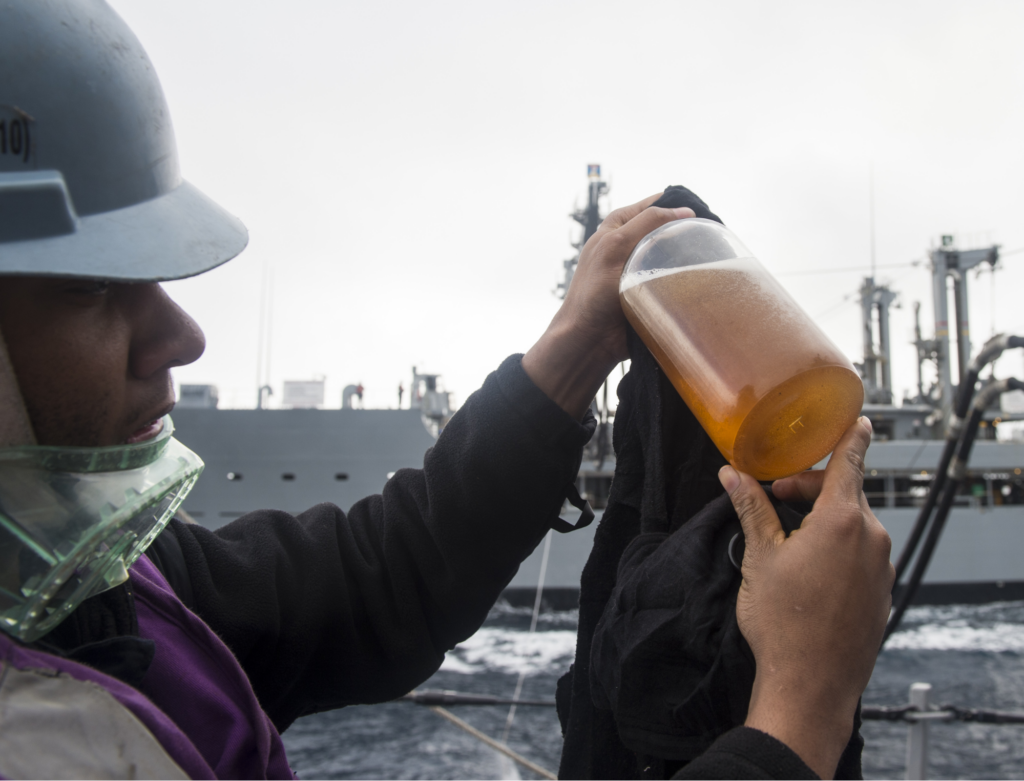
Since 2009, the Navy has been working toward a goal set by then Secretary of the Navy Ray Mabus to get half of its energy from alternative sources by 2020. The Department of the Navy, which includes the Navy and the Marine Corps, is responsible for 1% of all of America’s fossil fuel use. According to the Harvard Business Review, the Navy has already signed long-term renewable-energy contracts for more than 1.2 of the 2 gigawatts needed to power all of its bases, exceeding the 2020 goal.
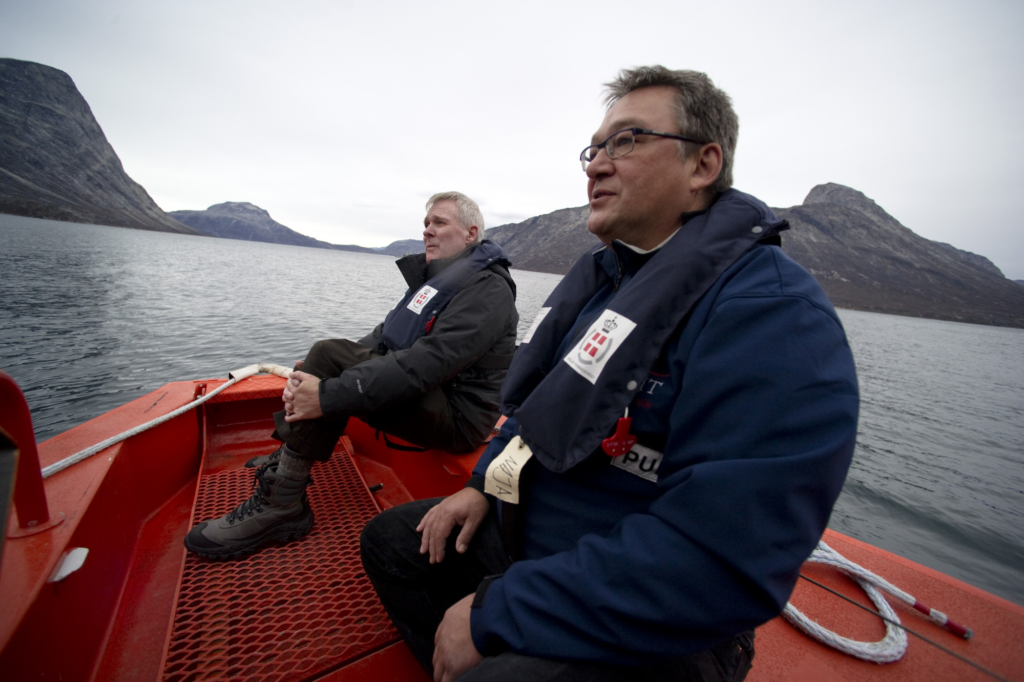
It isn’t mitigation for its own sake, but rather to reduce the Navy’s vulnerability to disruptions in fossil-fuel supplies and oil price fluctuations.
The Navy is also trying to improve the fuel efficiency of its ships. Its Great Green Fleet is an aircraft-carrier strike group made up of service ships and aircraft that operate on a 50/50 blend of biofuel and petroleum.

On shore, the Navy is generating more of its energy on base, which helps defend against cyberattacks on electrical grids. A prime example: a solar energy facility powers NSB Kings Bay in Georgia just north of Jacksonville.
Also these days, Navy planners are required to provide additional justification when a new building is planned within 2 meters of projected sea level rise. Buildings that are approved are then required to incorporate flood barriers and backup systems.

The Navy is also taking steps to bulk up its existing infrastructure. In Norfolk, the piers that provide power and heat to vessels are being replaced. The new piers, which cost more than $100 million each, are designed to account for sea level rise.
While these efforts may be motivated by concern over operational readiness, they also reduce the Navy’s contribution to climate change by reducing its reliance on fossil fuels. As the Harvard Business Review put it, the Navy “cannot afford the luxury of ideology” as it grapples with the very real implications of climate change.
Copyright 2019 ADAPT







